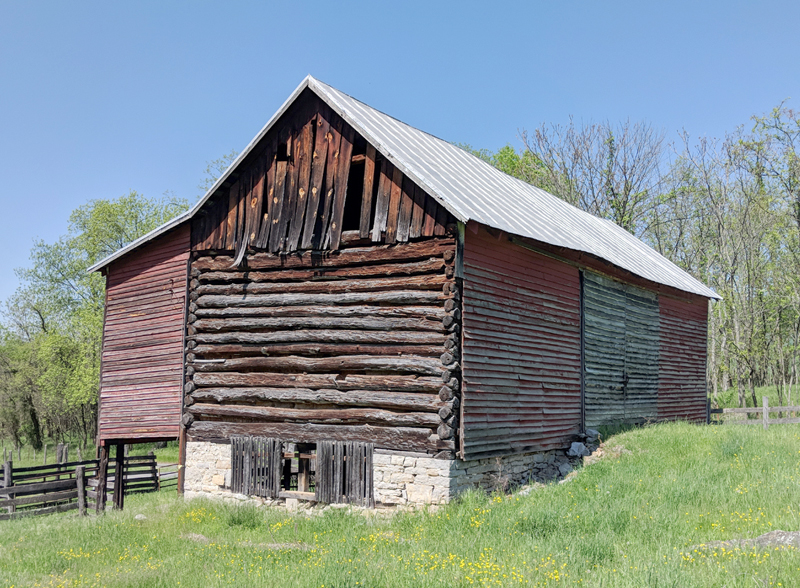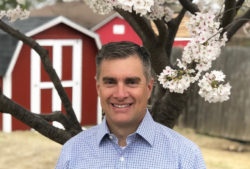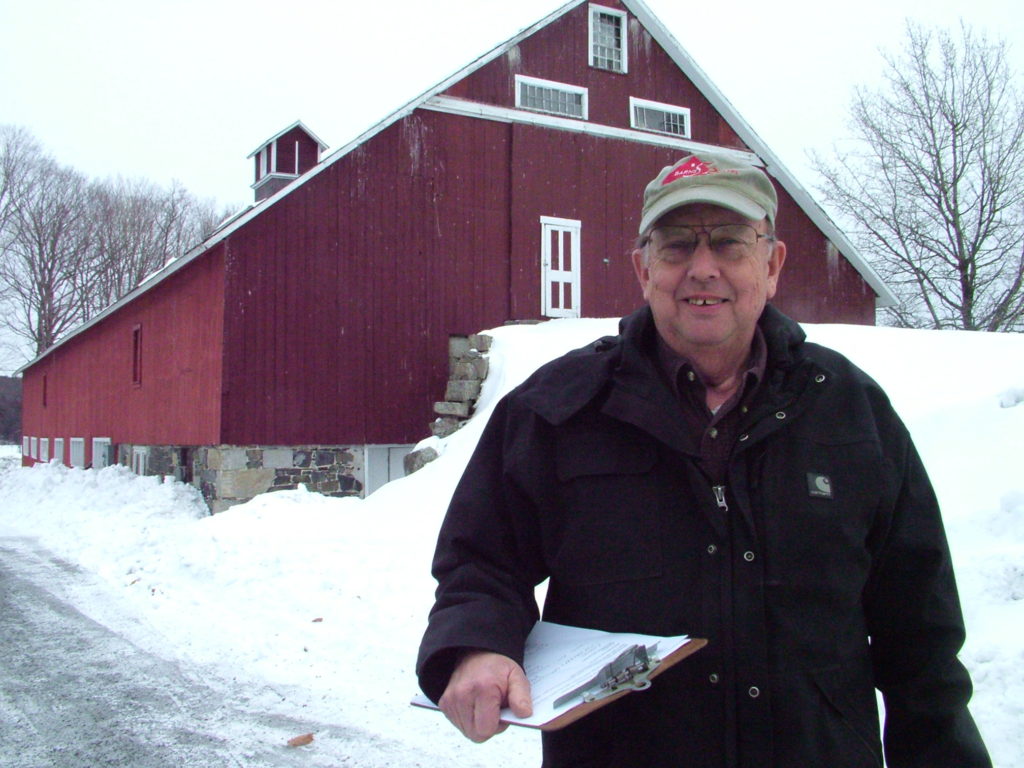Please join us for the next lecture in a series of presentations led by experienced practitioners across the country in support of barn-preservation education on November 3rd, 2021 at 6 pm EST.
This lecture will be hosted via Zoom and is free to all who register.
To register, send an email to RSVP with your name and location (city/county, state) to info@barnalliance.org by Sunday, October 31st. We will send an email with the details to call or login to all registrants on November 2nd, 2021.
November 3rd: “The English Barn: in America: an Introduction to its Layout and Carpentry”
Presenter: Jack A. Sobon
Common throughout most of the Northeastern United States, the English barn was the standard for barns from the earliest settlements up through the mid-nineteenth century. Mr. Sobon will discuss its origins, its layout and use, and an in-depth look at its carpentry. The intricacies of the older Scribe Rule system of timber layout and cutting brought here from Britain will be explained as well as the newer Square Rule method that replaced it.
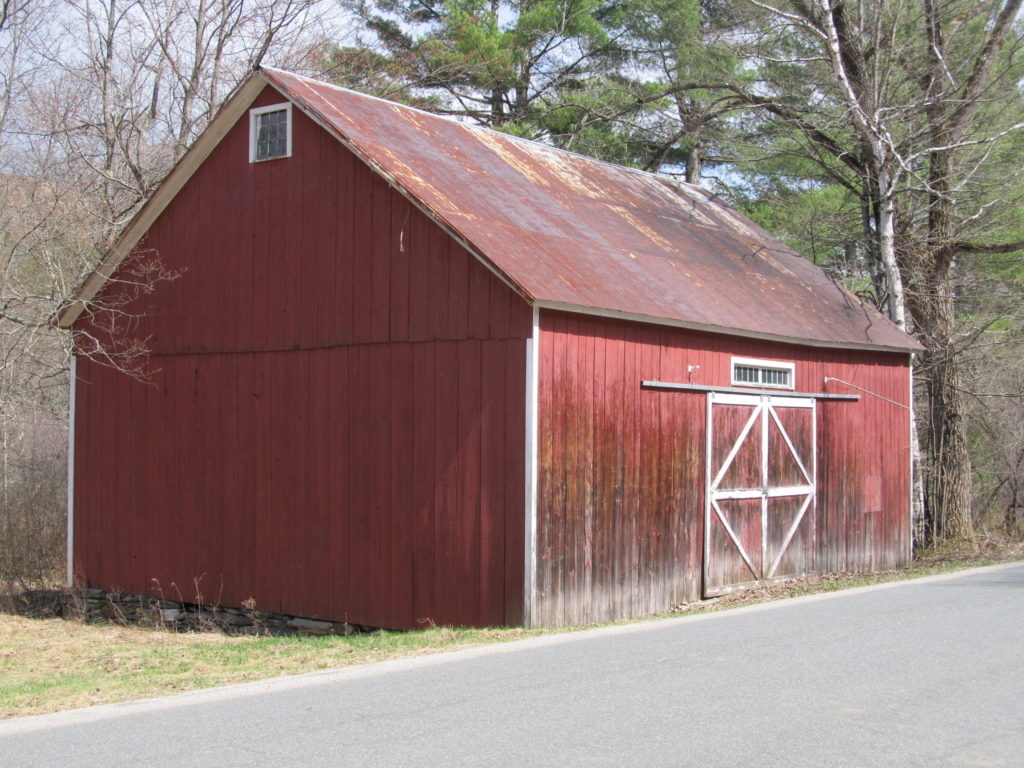
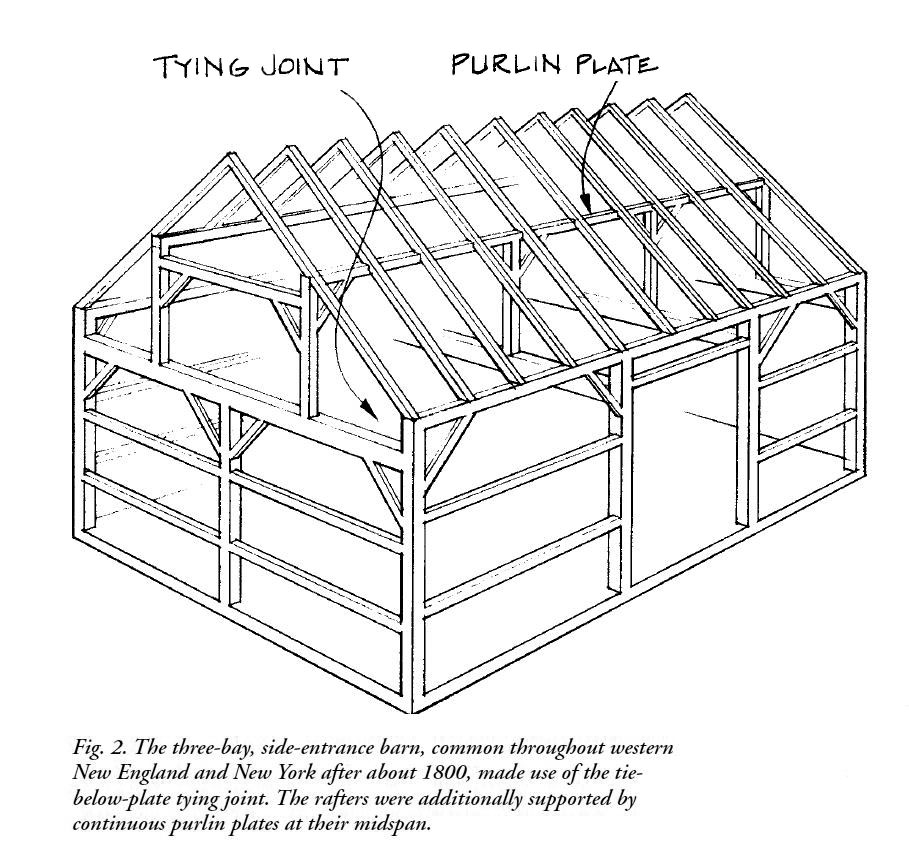
Jack A. Sobon
Mr. Sobon is an architect and builder in Western Massachusetts that specializes in timber-framed buildings, both old and new. Since the late 1970s, he has framed over 50 timber-framed structures using only traditional hand tools and often right from the forest. He has four books to his credit including Historic American Timber Joinery (2002) and Hand Hewn, The Traditions, Tools, and Enduring Beauty of Timber Framing (2019). He is also the author of a five-article series on The English Barn in America published in Timber Framing where he chronicles the construction of a classic three-bay English timber-framed barn using original construction methods.



